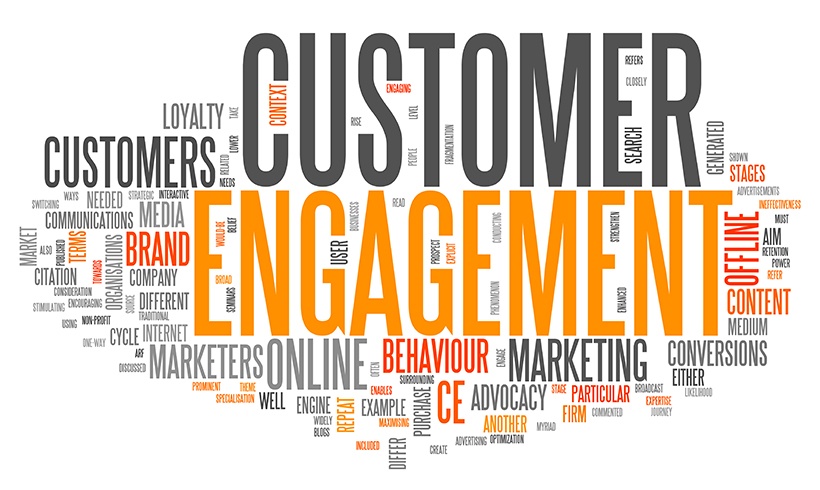-
Understanding Customer Needs:
- Use data analytics to gain insights into customer preferences, behavior, and needs.
- Implement customer segmentation to tailor your approach based on different customer profiles.
- Conduct surveys or feedback sessions to gather direct input from customers.
-
Personalized Communication:
- Utilize ProspectBoss tools to maintain a detailed customer database, including preferences and communication history.
- Craft personalized messages and offers based on customer data.
- Implement targeted marketing campaigns to address specific customer segments.
-
Educational Content:
- Provide informative content about insurance products, coverage options, and industry trends.
- Regularly update customers on changes in policies, terms, or any relevant information.
- Create webinars or workshops to educate customers on insurance-related topics.
-
Effective Communication Channels:
- Use multiple communication channels such as email, social media, and messaging apps to reach customers.
- Implement chatbots or virtual assistants to provide instant support and answer basic queries.
- Ensure consistency in messaging across all channels.
-
Responsive Customer Service:
- Train customer service representatives to be knowledgeable and empathetic.
- Implement a quick response system to address customer queries and concerns promptly.
- Use AI-powered tools to automate routine tasks, allowing staff to focus on complex customer issues.
-
Digital Tools and Technology:
- Leverage ProspectBoss tools and CRM systems to manage prospect information efficiently.
- Implement a mobile-friendly interface for easy access to information on the go.
- Explore emerging technologies like AI and machine learning for predictive analytics and personalized recommendations.
-
Gamification:
- Introduce gamification elements to make the insurance experience more engaging.
- Reward customers for loyalty, referrals, or completing certain tasks.
- Create interactive challenges or quizzes related to insurance knowledge.
-
Regular Follow-ups:
- Schedule regular follow-up calls or emails to check in with customers.
- Use automated reminders to ensure timely follow-ups.
- Demonstrate ongoing commitment to customer satisfaction.
-
Transparency and Trust:
- Be transparent about policies, terms, and conditions.
- Build trust by delivering on promises and providing accurate information.
- Address customer concerns openly and work towards resolutions.
-
Social Media Engagement:
- Actively engage with customers on social media platforms.
- Share relevant content, respond to comments, and participate in discussions.
- Use social media as a platform to showcase positive customer experiences.
By implementing these strategies, insurance companies can enhance their relationships with prospects and customers, fostering loyalty and long-term satisfaction. Regularly evaluating and adapting these approaches based on customer feedback and industry trends is crucial for sustained success.
